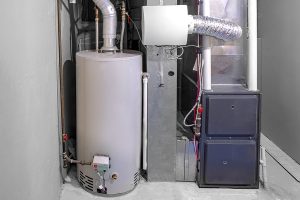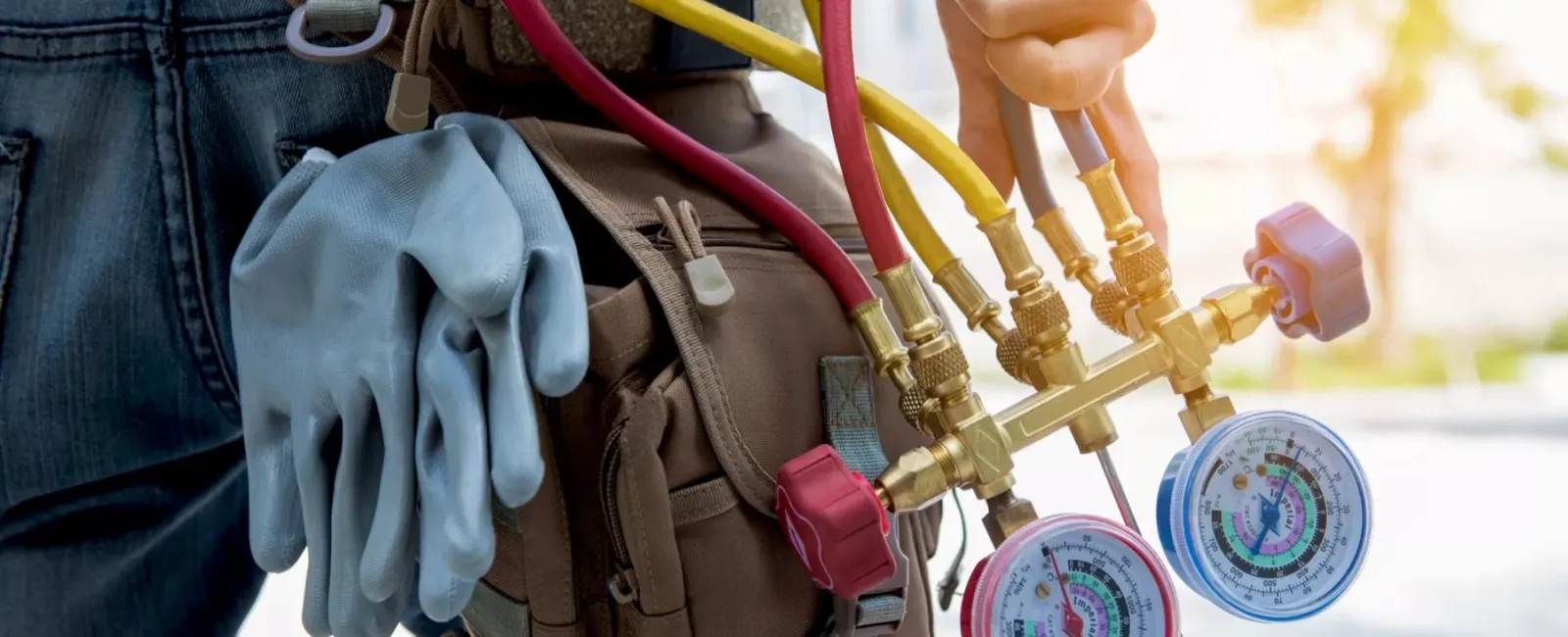Nobody ever upgrades their furnace just for fun. When this appliance is doing its job and efficiently heating your home, it's easy to take your home's furnace for granted. But a single service outage can quickly put your household in an emergency situation—especially if this furnace failure takes place in the middle of the winter.

While replacing a furnace is never fun, it's often necessary—and time may be of the essence. It's not all bad news, though: Once your new furnace is installed, you stand to reap a number of benefits that come with this appliance. Here's an overview of what to expect when replacing your home's furnace, as well as tips on how to get started.
How to Decide When to Replace a Furnace?
The average furnace life expectancy is typically between 15 to 20 years. But the actual lifespan of furnaces can vary widely depending on a number of different factors, including maintenance over time, how heavily furnaces are relied on during colder months, and the quality of the furnace currently operating in your home.
In some cases, the furnace stops working altogether, making the choice to replace this appliance an easy one. In other cases, the decision may not be so obvious. Common signs it might be time to replace your furnace include:
- A spike in heating costs not related to the weather. If your average heating bill is running much higher during colder months than what you've seen in past years, it may be a sign that your furnace is wearing down.
- Your furnace is frequently falling into disrepair. The more frequent service repair visits become, the more likely it is you'll need to replace the furnace in the near future.
- Different parts of your home are experiencing uneven heating. This may indicate that the furnace is losing its ability to force air evenly and adequately through your duct work.
- If visible rust or other damage appears on the furnace. Rust is a sign of exposure to water, while other cracks or signs of damage could indicate deterioration of specific parts of the furnace itself.
- If your furnace is unable to keep up with your home's heating demands. If the furnace is frequently running but never lifting your home's indoor temperature to desired levels, it might be time to replace this appliance.
How Much Does it Cost to Replace a Furnace?
Furnace installation costs can vary widely based on the size and type of furnace you need, as well as the challenges that may come with the installation. Data suggests that the average furnace installation costs about $5,500 for both the appliance and the installation process. But how much to replace a furnace can easily range from as little as $3,000 to $10,000 or more.
Ultimately, the only way to get an accurate cost estimate is to receive a quote from a local HVAC service provider.
Benefits of a Furnace Replacement
If you're faced with the prospects of replacing your furnace, it's important to keep in mind that doing so comes with several significant benefits. This can include the following:
- Your new furnace will heat your home more efficiently. As furnaces age and accumulate dust, they become less efficient in their operations. This makes it harder for your furnace to keep pace with your home's heating needs. As a result, the energy consumption of furnaces tends to increase over time—especially for furnaces approaching replacement.
- Improved airflow. A new furnace will improve your home's ability to circulate air throughout the ventilation system.
- Newer models may offer an upgrade in eco-friendly operation. If your furnace is old, it likely isn't as efficient with its energy consumption—even when operating according to specifications. Newer models will be designed with eco-friendly considerations in mind.
- Lower repair costs. A new furnace will be backed by warranty and unlikely to require repair in the near future. If you've had to pay an HVAC technician for multiple home visits in the recent past, this cut cost will help defray the new cost of a furnace.
- Newer furnace models may produce less noise. If your old furnace was loud when running, you might notice an improvement to this noise level after you upgrade.
How to Start the Process of Replacing Your Furnace
Typically, the need for a furnace replacement will be identified by a furnace service technician in your home. If the service provider tells you that you need to replace your furnace, you could simplify the process by having that company perform the replacement.
In other cases, though, you may be able to wait on a furnace replacement—especially if the weather is warm, or if the technical issues facing your furnace will allow it to keep running for a short period of time. Some homeowners might prefer to delay their furnace replacement cost to save up more money and/or time their replacement to take advantage of seasonal deals.
Whatever your replacement timeline may be, plan on working with an HVAC service company that can oversee the proper removal of your old furnace, as well as the installation of your new model. Given the size and complexity of this appliance, its replacement should be handled by a trained professional.
Although the cost of a furnace replacement is never any fun, the benefit of a brand-new model is that you'll enjoy more efficient and reliable heating, and be able to breathe easy knowing that any future replacement of this appliance is years and years away.

